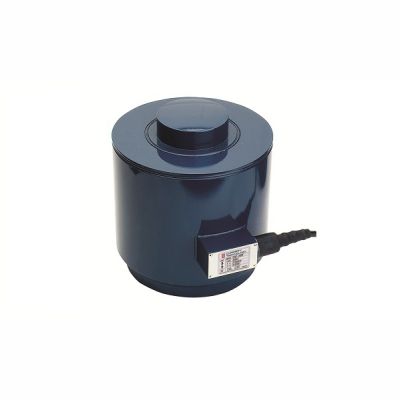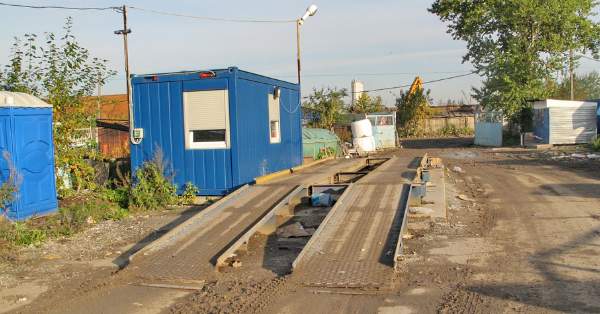Determining Load Cell Accuracy
Determining the anticipated accuracy of a load cell takes some thought and a variety of factors need to be considered. A Load cell’s %RO accuracy specifications are a great starting point but so are a variety other factors, such as:
- What indicator is being used?
- How does that indicator interface with other control systems in the factory?
- What environment is the load cell installed in and how has it been installed?

%RO accuracy specification for a load cell, what does it mean?
Most load cell data sheets will specify a %RO, but what is this?
The answer: %RO = percent of Rated Output.
For example: If a 1000 kg load cell has an error of ± 0.5%RO, it would mean the best resolution of the load cell would be ± 5Kg.
Therefore, a panel meter configured to read full scale range (rated output) of 1000 kg on the display will read full scale accurately, but the last digit could be meaningless. This is because if the load cell did have a rating of ± 0.5% RO, the display could vary up and down by 5kg and still be within specification.
Many of our load cells are rated to 0.03%, so for a 1000 kg load cell this is 0.3 kg. However in the real world the load cell system will exhibit significantly less accuracy than this, as this %RO is measured in ideal conditions with stable temperatures, using precise load cell activation voltages and connected to a high resolution indicator.
What specifications should I consider when selecting a good load cell?
Different manufacturers use different terms. The most important ones are listed below:
Temperature effect
As load cells are mostly constructed of either stainless steel or tool steel then temperature changes will influence the accuracy of a load cell.

Typical specifications may be “temperature effect on zero” and “temperature effect on output value”.
Typical values for our CBS shear beam load cell are 0.028% per 10 °C on zero and 0.015% on output. It is important to consider these especially if installing a load cell in a non-air conditioned area in parts of Australia, where temperature can vary by 30 °C or more over the course of a day.
Better load cells have compensation over a wider temperature range and thus are more accurate. For instance the data sheet may list a compensated temperature range of -10 to 40 °C, meaning that they work best between these temperatures. These load cells can be used in temperatures beyond this but accuracy will be compromised.
Creep Effects
This is the change of load cell signal that occurs under load. If a load is continually applied to a load cell then the output will gradually change over time (creep). In the case of the Curiotec CBS load cell this is around 0.03% RO over 30 minutes. Once the load is removed the load cell will return to its original value over a similar time period.
If loads are only being applied for a short period then this has little effect, but otherwise this error should be considered.
Repeatability
Repeatability is another specification to consider. When a load is repeatedly applied to a load cell, the output of the load cell can vary slightly on each application of the load.
Repeatability is expressed as a percentage of the load cell’s rated output.
In the case of the Curiotec CBS load cell, repeatability is 0.01% of rated output. So if a 500kg load is repeatedly applied to a 1000kg load cell, the output could vary by up to 0.1kgs each time the load is applied.
Other factors
Other factors that increase load cell accuracy include how they are installed and whether the load is balanced correctly across one or more load cells.
Excitation voltage fluctuation is also another consideration. If the excitation voltage varies, then this will influence the output from a load cell, so good selection of a load cell indicator/controller is essential.
The entire load cell system needs to be considered. The world’s best load cell connected to an unsuitable indicator/controller over unshielded cables will compromise the system’s performance. If the indicator is proving a 4-20mA or 0-10V output to a PLC or DCS, then what is the accuracy and resolution of this output?
Please do not hesitate to contact ADM Instrument Engineering if you have any questions about load cell accuracy. A member of our expert team will gladly answer any questions you may have.
WAS THIS INFORMATION USEFUL?
Why not share it with you industry peers on LinkedIn? Simply click on the blue LinkedIn share icon below.
